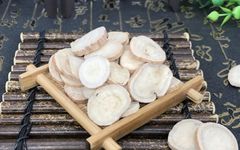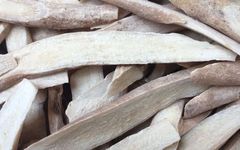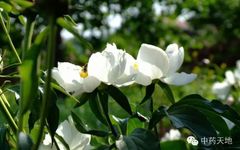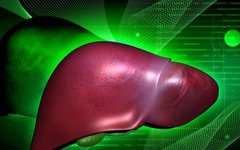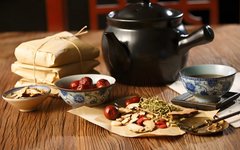The Lesser-Known History and Ten Benefits of Bai Shao (White Peony)
Bai Shao (白芍, White Peony) is the root of the peony plant (Paeonia lactiflora) and hairy peony (Paeonia veitchii). It is a perennial herb that grows in the shade of forests on hillsides and is distributed in Northeast China, North China, Shaanxi, and Gansu. Many cities cultivate it, and hairy peony grows in mountainous shrub … Read more

